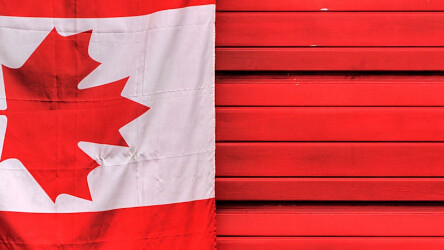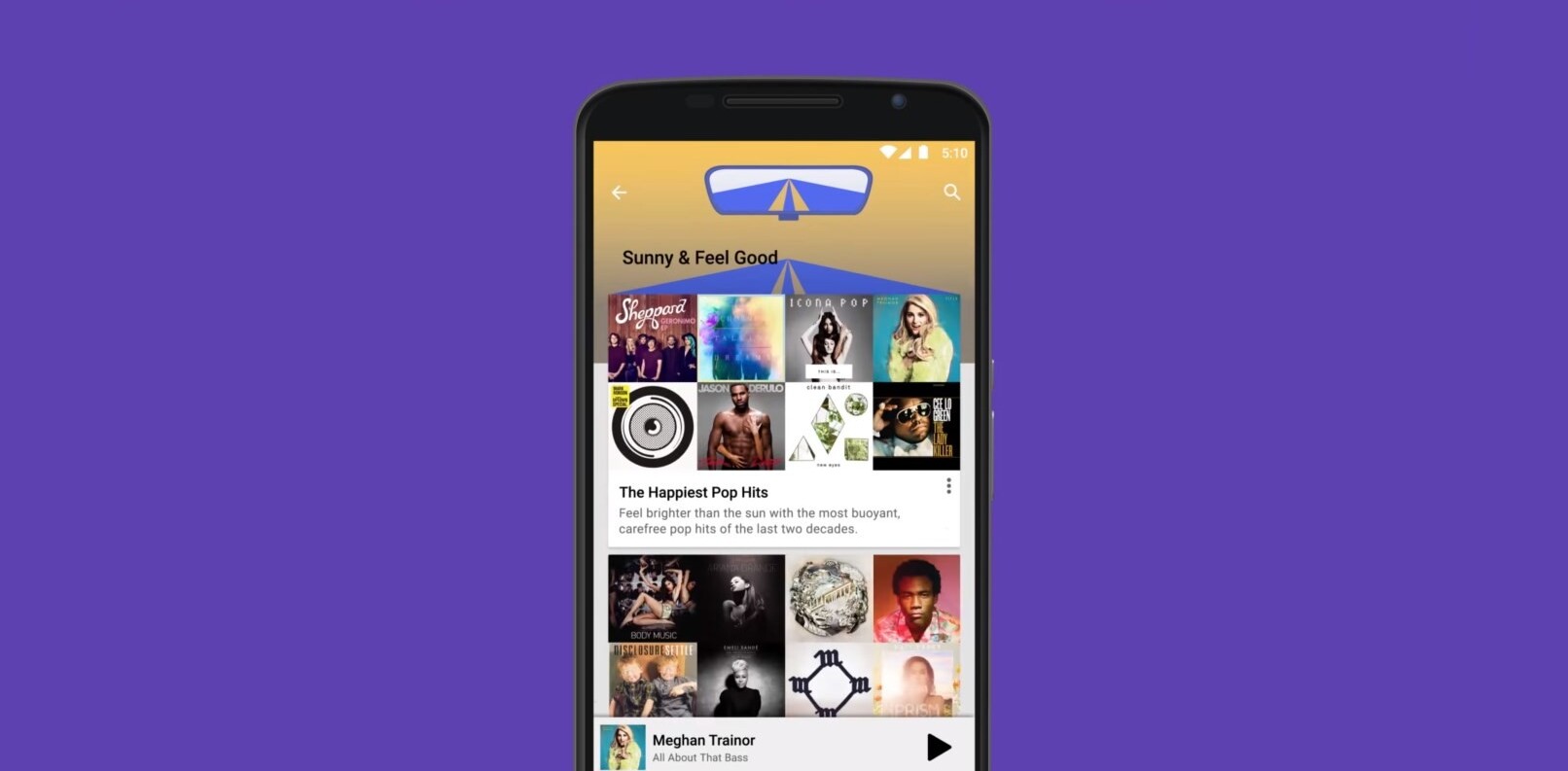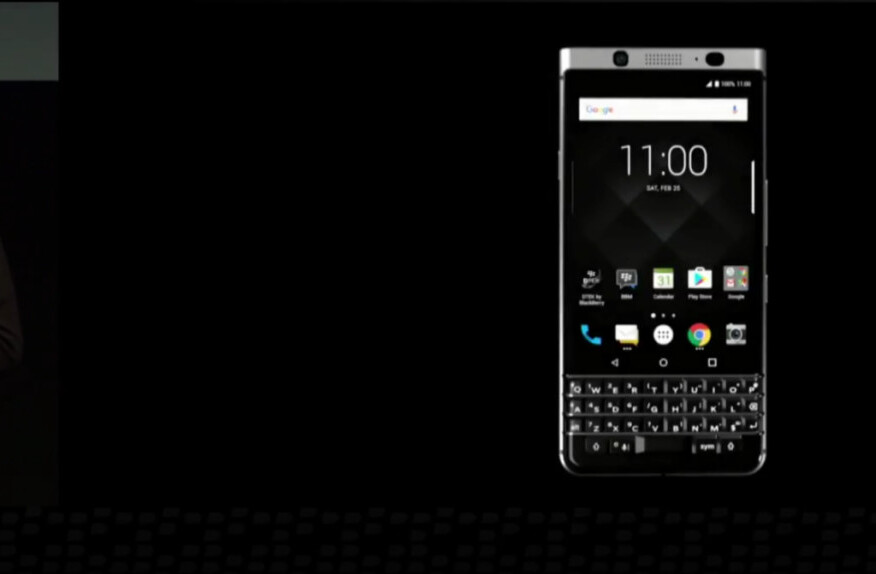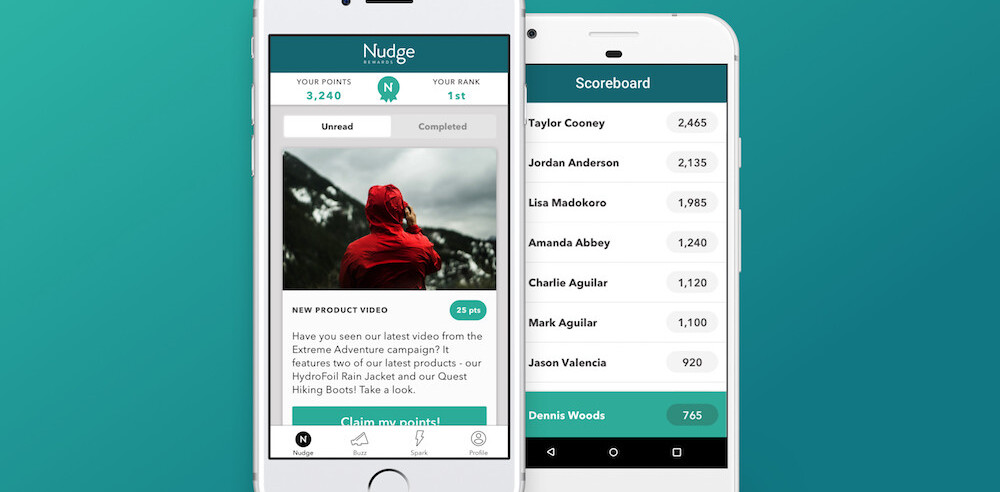
Election day is just around the corner in Canada, and the 2011 campaign has been filled with unusual twists, turns and surprises. Perhaps one of the biggest surprises is how much technology has played a part in it, perhaps more than ever before.
Whether the issue is how citizens are using (or are going to be using) social media, how candidates are embracing it to capture the younger voters or to seem tech-savvy to the voters, social media has played an important role in shaping the election campaign this time around. It may not be a predictor in terms of what party is going to come out on top on May 2, but it has proven to be an effective and efficient medium in which people can get the message out to others — whether they are the ones running for office or not.
Communication shakedown
Facebook and Twitter have become even more mainstream since the last time Canadians went to the polls in 2008, so much so that Elections Canada is poised to take measures if election results are transmitted before the polls close out West. How it plans to do that is yet to be seen, but there are those who think there’s no way it can be done, such as Eric Grenier of political website ThreeHundredEight.com.
“This will be unenforceable by Elections Canada, and if they intend to fine everyone on Twitter who breaks the rules they will have a good financial year,” Grenier said.
That said, it is possible for those who want to track any election results on Twitter are going to have an easier time of it (perhaps even Elections Canada) thanks to the site Tweettheresults.ca, a site created by prominent Vancouver social media experts Alexandra Samuel and Darren Barefoot. The site follows the hashtag “#tweettheresults” as a manner of demonstrating how many of those users are going to ignore the law and tweet election results regardless of what the law states.
“Whether or not you think this is a good law is not the point,” Samuel argues. “It’s not a feasible law, it’s not a technically viable law anymore.” Barefoot thinks that all of this could be avoided if results were withheld across the board until the polls close out West, but neither solution would be popular with the media.
A more reasonable solution would be to close polls across the country at the same time in future federal elections, and with advance voting up over 30 per cent versus the 2008 election, it is something worth exploring. Another suggestion is to make federal election day a roving national holiday. This could also address one of the needs that Marc Mayrand, Canada’s chief electoral officer, mentioned in his report following the last campaign: the need to make voting more accessible to Canadians.
“Elections Canada’s mission includes ensuring that Canadians can exercise their democratic right to vote. During the 40th general election Canadians had more opportunities to vote in various ways, in more accessible venues and more locations than ever before. Even so, more than 40 percent of electors chose not to vote.
A variety of organizations are involved with promoting a more active civil society. Many express the view that electoral participation is a key indicator of the vitality of the democratic process and are concerned about decreased levels of participation.
A debate exists as to whether this means that electors need to be engaged in different ways. To date, the emphasis has been on bringing the elector to the ballot box, through communications and information campaigns. Given Canadians’ changing expectations and attitudes to technology and service, it may be time to consider ways of making voting more accessible and relevant to the evolving expectations of electors in general, and especially younger voters.”
Longer polling hours or more advance voting days would help with voter turnout, but also could have a huge impact on what happens on the social media landscape more than these other suggestions. Social media isn’t something that can be stopped (or perhaps curbed), and simply lengthening the polling hours or adding more days that voters have to vote could sway voting depending on where the messages seem to lead.
Ultimately, the laws need to recognize that real-time media is here to stay and that trying to stop it is an exercise in futility.
Communication breakdown
It’s clear that social media has been an easy and effective way for candidates to interact with people online, as well lead them to offline interaction. Savvy candidates that understand how social media works are able to spread their message much further than those who either don’t understand the merits of the medium or simply don’t care to take advantage of it. And the Internet has proven to be a surefire way to get voters talking about the upcoming election, especially in social media circles.
As reported earlier this month at The Next Web, over 20 per cent of the voting public has at the very least “discussed” politics online. The problem was that it ended there. Engagement didn’t go much beyond that, but it appears as we draw closer to election day, there may be some action behind all of those tweets and wall posts.
Younger voters between the ages of 19 and 24 are being encouraged to take part in what are called “vote mobs”, events that are generally organized by university students where they film gatherings that are well-attended by the younger set. These films are uploaded to sites like youTube, and the message they convey is simple: get out and vote. Advocacy groups such as leadnow.ca have posted the videos as well, and over 40 of these “vote mobs” have been held across the nation. It’s with events and movements like these that are cause for hope that the young voter turnout will improve from a meagre one-third of eligible voters in 2008.
Candidates have also seen what an effective message delivery strategy can do, especially when looking south of the border. US President Barack Obama ran a well-oiled social media campaign and that trend has shifted north of the 49th parallel as Canadians have been figuring out who to vote for and why. Social media savvy candidates (either on their own merits or through employing a social media expert, of sorts) have been trying to capture that same lightning in a bottle. They are well aware of the discussions going on in social media circles and have been actively engaging when and where they can.
I am a pretty active user of both Facebook and Twitter, and in this campaign alone I have been “followed” or “Friended” by candidates from within my riding and well beyond. Even those who have little to no attachment to my area have decided that what I’ve been saying (which, honestly, isn’t much) is worth keeping tabs on. Some candidates have chosen to follow me because they colleague in my riding have. Fair enough. Others have stopped following me once they see me follow a candidate in a particular party (that isn’t their party, naturally). Again, that’s fine. Watching the dance being done in social media by candidates during this election has been interesting in that they are recognizing that it is an important area to have a presence in. How to have a presence in it is what they will have to work on before the next campaign, because the “newness” of the medium is going to take some time for them to grasp.
Communication takedown
Issues have never been so hotly contested in social media as they have been in this campaign. Part of this is due to the “breaking update” nature of the platforms, but some of it is because the issues were brought up within these platforms before they hit the outside world. Usage-based billing would be a prime example of this.
Openmedia.ca has been “fighting the good fight” when it comes to usage-based billing and how it will impact Canada’s digital future. The organization launched a petition that over half a million Canadians signed on Facebook that clearly demonstrated the public’s outrage in a change in how they were to be billed for Internet use. While most who signed didn’t realize that the billing wouldn’t directly impact most of them (it was to protest smaller Internet service providers being charged more by larger ones that they bought service form themselves), the fact that so many people got behind a cause of this nature proves how much technology has become an issue in this campaign. I, myself, signed the petition knowing full well I wasn’t directly impacted, but my feeling is that by signing I was sending a message: I already pay a lot of my Internet service, and usage-based billing to smaller companies would surely kill any chances of competition coming to my part of the country. I was being proactive.
Proactivity has been something that OpenMedia.ca has been demonstrating since the petition caught national attention. It has continued to push for a better digital future and, as The Next Web reported last week, it even sent a survey to all of Canada’s major parties so that voters could get an understanding of where each party stood on these issues. OpenMedia.ca even ran its own candidate, so to speak, as the video below illiustrates:
Certainly this video is meant to be a call to action more than anything else, but OpenMedia.ca understands how the web works and how the people using the web are using it. It just wants to protect the realm in which it lives.
Many Canadians were concerned about voter apathy going into this campaign, as the country has had three federal elections in the past few years. I have voted, including municipal and provincial elections, ten times since 2005. That’s counting this year, because I’ve already voted. And social media did have an impact on when I voted, who I voted for and why I voted for them.
So, if you haven’t voted already, be sure to vote on Monday May 2nd.
Get the TNW newsletter
Get the most important tech news in your inbox each week.





